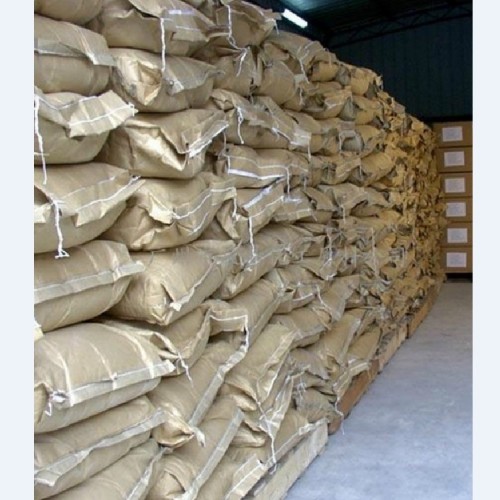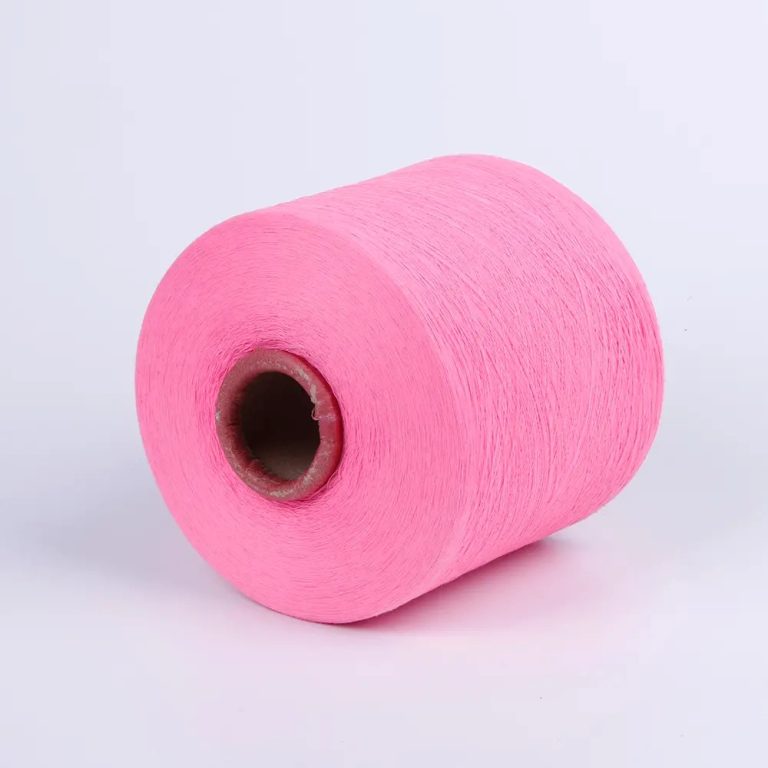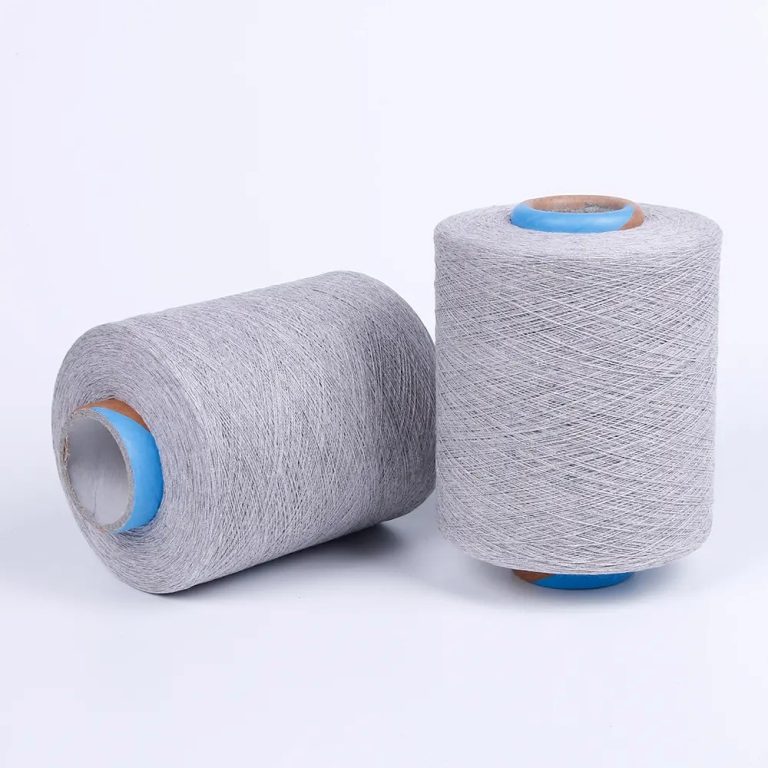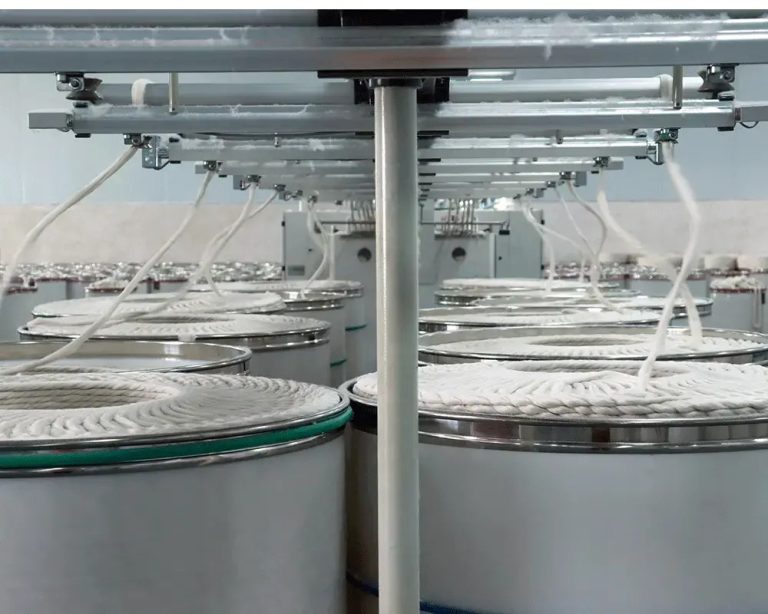目录
ToggleTextile companies need various types of yarn for manufacturing different types of garments products. In the textile industry, yarn is a continuous length of fiber that is used for sewing, crocheting, knitting, weaving, embroidery, ropemaking, and textile making. Open-End Yarn is a type of yarn that helps you knit a wide variety of on-demand clothes.
As the open-end yarn is very strong and durable, it can be used for various applications, including carpets, textiles, ropes, and so on. The yarn is of high quality, and so, it has a significant amount of usage in making clothes, garments for gents and women, and other stuff.
What Is Open-End Yarn?
In yarn production, open-end yarn can be produced without the use of a spindle though a spindle is one of the core components of yarn making. We get open-end yarn following a process widely known as open-end spinning. And it’s also known as OE Yarn.
Open-end yarn is a quality of the yarn that is known for being uneven, or slub, with thicker areas along the length of the thread. In the year of 1963 Open-end yarn was invented and developed at the Cotton Research Institute in Czechoslovakia(Slovakia).
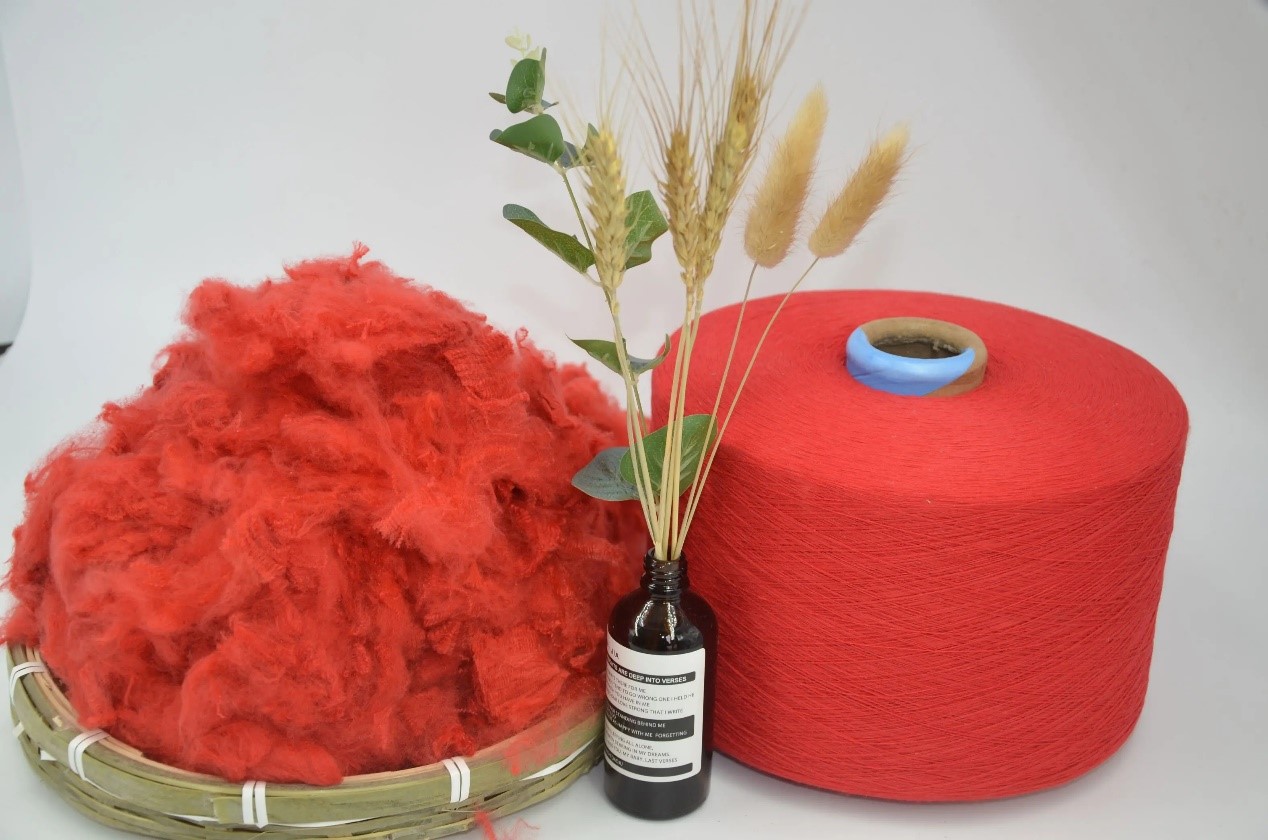
Difference Between Open-End Yarn And Ring Yarn
The technique of ring-spinning involves twisting and winding yarn simultaneously and continuously using a ring and traveler take-up. On the other hand, open-end spinning involves twisting yarn by rotating it at the hap or breaking in the flow.
Rotor Spinning or open-end spinning is a modern method of yarn formation compared to Ring Spinning. Open-end is a form of spinning where the twist is introduced into the yarn without the need for package rotation, facilitating higher twisting speeds with a lower power cost.
Why Do People Choose Open-End Yarn?
1.Firstly, open-end yarn offers cost advantages. The production process of open-end spinning is faster and requires less energy compared to traditional ring spinning. This results in lower production costs, making open-end yarn an attractive option for manufacturers looking to optimize their expenses.
2.Secondly, open-end yarn provides enhanced productivity. The high-speed spinning process allows for increased production rates, enabling manufacturers to meet growing demands efficiently. This is particularly beneficial in industries where large quantities of yarn are required, such as the production of denim, towels, and bed linens.
3.Additionally, open-end yarn offers unique characteristics that appeal to different applications. Its structure provides excellent breathability and moisture-wicking properties, making it suitable for the production of comfortable and breathable fabrics. The versatility of open-end yarn allows it to be used in various textile products, ranging from apparel to home furnishings.
4.Furthermore, open-end yarn aligns with sustainable practices. The process generates less waste compared to ring spinning, as it eliminates the need for roving and reduces fiber breakage. This reduction in waste contributes to a more environmentally friendly approach to textile production, aligning with the growing demand for sustainable and eco-conscious products.
Overall, the choice of open-end yarn is driven by its cost advantages, productivity benefits, versatility, and sustainability. As the textile industry continues to evolve, open-end yarn remains a viable option for manufacturers seeking efficient and sustainable solutions for their yarn production needs.
0





